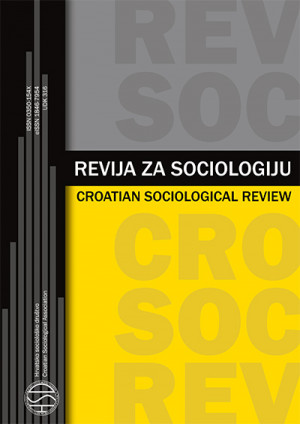Bogatstvo različitosti: glazba svijeta i interkulturni odgoj
Richness of Diversity: Music of the World and Intercultural Education
Author(s): Amir Begić, Jasna Šulentić BegićSubject(s): Education, Music, Culture and social structure , Sociology of Culture
Published by: Hrvatsko sociološko društvo
Keywords: intercultural societies; music of the world; music teaching; intercultural education;
Summary/Abstract: Contemporary societies are faced with ever-increasing intercultural challenges due to globalisation processes, economic and political migrations, the development of economic relations, advancements in tourism, and many other factors. Interculturally regulated societies are aware that intercultural education is the basis for the development of intercultural relations between citizens and cultural groups. Music education in public education provides numerous opportunities for intercultural education, which can be achieved by learning the music of different traditions from all continents, as well as by learning about different cultures in general. The authors aimed to investigate whether primary school and gymnasium-level music education in Croatia is based on interculturalism. The survey study included 374 respondents (309 teachers of Music Culture in primary schools and 65 teachers of Music Art in gymnasiums) from 20 Croatian counties and the City of Zagreb, which makes about 80% of the total number of music teachers in the country. The results indicate that most music teachers are teaching their students about the music of different cultures, and are doing so in different educational areas (singing, playing instruments, listening, talking about music, and dancing). However, most of the content that is taught still refers to Western European art music, with musical examples from other cultures also being mostly oriented towards the European continent. There is a statistically significant difference between primary school and gymnasium teachers with regard to teaching areas in which the music of different cultures is introduced. Also, there is a difference in the number of students attending concerts. Gymnasium teachers take students to concerts more often, which can be attributed to predominantly urban locations of gymnasiums. Overall, the results point to a conclusion that teaching music at primary schools and gymnasiums in Croatia is still not sufficiently based on interculturalism.
Journal: Revija za sociologiju
- Issue Year: 48/2018
- Issue No: 2
- Page Range: 149-175
- Page Count: 27
- Language: Croatian

